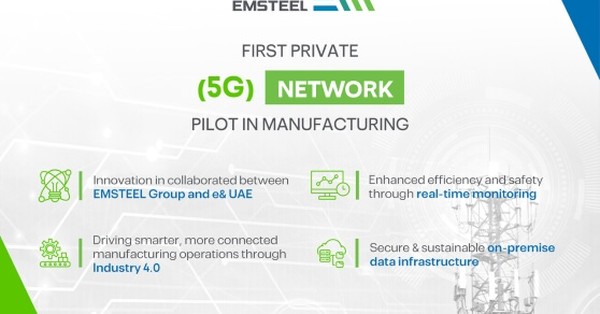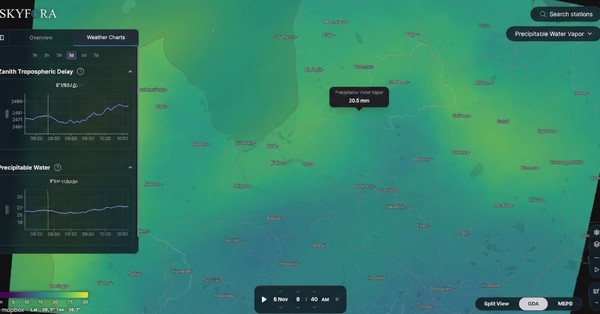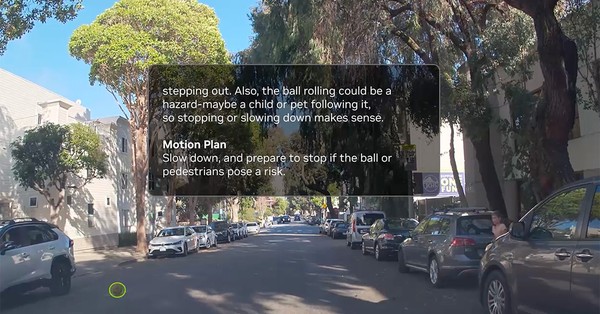The healthcare industry is rapidly embracing advanced technologies to catalyze clinical processes and treatment outcomes. Advanced technologies, such as artificial intelligence, machine learning, and augmented reality, are unlocking new treatment possibilities, making treatment more efficient and target-specific. However, with the growing burden of chronic conditions, the healthcare industry is constantly examining revolutionary technologies to make informed treatment decisions and offer round-the-clock services beyond geographical boundaries.
Generative AI is a whole new spearheading technologies paying into the healthcare to analyze massive data to prevent and manage diseases with a personal approach. Beyond treatment decisions, Generative AI is broadly applicable in wide range of healthcare tasks, including finance management. Notably, with increasing adoption across healthcare, GenAI in healthcare industry is likely to gain momentum in the upcoming years. According to the Roots Analysis, Generative AI in health market is estimated to reach at USD 39.8 billion by 2035, expecting to grow at a CAGR of 28% during the forecast period. Let’s explore more about Generative AI across healthcare industry.
Understand the Generative AI
Generative AI is the next wave of artificial intelligence that holds immense potential to generate new content, images, videos and audios from initial inputs. Unlike traditional artificial intelligence, which is designed to perform particular tasks based on data analysis, Generative AI is expanding its role to original content created from merely relying on data analysis, thereby broadening its applications beyond just innovation. Generative AI used algorithms, such as Variational Autoencoders (VAEs), Generative Adversarial Networks (GANs), and Transformer models (GPT-4) to distinguish between generated and real-data to summarize meaningful information.
Generative AI in Healthcare: How Does It Works?
The core of Generative AI functionality relies in algorithms, decision making system and data processing. To understand how Generative AI works, let’s delve deeper into its processes and components.
- Data Collection and Preparation: Foremost, Generative AI models, such as Generative Adversarial Networks and Large Language Models helps to illustrate the patterns from massive dataset sources like electronic health records and medical imaging.
- Training AI Models: Once information is collected, select appropriate GenAI models and fine-tune them for optimal performance. Training AI models may involve a collaborative approach with data scientists, healthcare professionals and AI models to ensure efficacy, accuracy and safety.
- Integration With Healthcare Systems: Next step is integrating the Generative AI in healthcare systems for data interpretation and analysis.
- Executing Information: Selected Generative AI model analyze the information pattern and determine the solutions to improve patient outcomes. The process involves information analysis, escalating the complex information to operator and tailor the data to address the health issues in real-time.
Generative AI in Healthcare: Revolutionary Roles to Enhance Patient Outcomes
Generative AI currently being utilized across broad disciplines in healthcare industry to improve staff efficiency and treatment outcomes. For instance, Generative AI tool, such as GPT-4, has been harnessed by the healthcare professionals for creating clinical notes in real-time based on patient interaction to enhance their experience. Furthermore, companies such as Medtronic, Microsoft and Roche are working on advanced Gen AI tools to ease the burden on healthcare sector.
1. Medical Imaging and Diagnostics
The integration of Generative AI with medical imaging technologies, such as CT scans, X-rays and MRIs has simplified the data interpretation in real-time. Clinicians are currently using Generative AI for early disease detection by exploring unstructured datasets with higher accuracy level, enabling more precise treatment. For instance, IBM Watson Health (Gen AI platform) has been designed to assist in early cancer diagnosis and treatment by providing better insights to medical professionals.
In addition, GenAI models can analyze historical data to understand how disease treatment can work on specific patient, enabling healthcare professionals to adjust treatment.
2. Clinical Decision
Generative AI can assist healthcare professionals in making clinical decisions by analyzing medical history, disease diagnosis report and characterizing patient information in real-time. This AI tool has been sophisticatedly designed to take clinical decisions with accuracy and speed, allowing effective treatment in real-time to enhance patient outcomes.
3. Personalized Treatment Development
Generative AI models are shifting healthcare professionals from one-size fit approach to personalized treatment, making treatment more efficient and safer for patients. This AI model can identify the data patterns, including lifestyle factors, previous health records and genetic information to design a tailored treatment plan, resulting in better treatment outcomes. Moreover, GenAI tools automatically analyze data from electronic health records, analyze medical diagnosis reports and generate an informed plan so healthcare professionals can focus on treatment outcomes.
In addition to healthcare industry, pharmaceutical companies are leveraging GenAI models to develop personalized treatments for patients. For instance, Insilico Medicine (a Hong Kong based biotechnology company) is leveraging Pharma.AI platform (Generative AI based model) to develop personalized treatment for idiopathic pulmonary fibrosis (a rare fata lung disease).
4. Automating Administrative Tasks
Beyond treatment and diagnosis, hospital sectors struggle with massive paperwork, patient records management and data management. Manual interpretation can lead to human errors, thereby impacting the overall working efficiency of hospital settings. GenAI tools and technologies can help to automate the report generation, paperwork, documentation and data management tasks to improve data compliance. The integration of Generative AI tools can reduce significant burden from administrative staff, allowing better management, reduced manual errors and enhance working efficiency.
5. Generative AI Enabling Remote Patient Monitoring
Remote patient monitoring is a new paradigm to enhance patient care beyond hospital settings. Generative AI can be integrated with smartphones and wearable medical devices to collect health data parameters, such as heartbeat, oxygen level, glucose level and sleep pattern. The information can help to identify potential disease risk and share alerts to healthcare professionals to customize treatment to improve outcomes. Furthermore, Generative AI when combined with mHealth applications and wearable devices helps in behavioral health analysis to help healthcare professionals in managing diseases remotely.
For instance, Serena is a high-tech virtual mental health companion tool trained on real therapy sessions to manage behavioral health of patients.
Generative AI in Healthcare: Looking Ahead to the Future Possibilities
Generative AI is continually evolving to accelerate the healthcare industry transformation with a whole new data-driven approach. Furthermore, the industrial players continually explore Generative AI to develop medical devices to enhance real-time data analysis. As healthcare professionals continue to embrace digital solutions to streamline treatment efficiency and address unmet medical requirements, Generative AI tools continue to make their way in healthcare industry.
Authors Information
Gunjan Bedi is a seasoned medical content writer with diverse writing experience spanning more than 5 years of experience. My medical science background, including master’s in medical microbiology and bachelor’s in biotechnology has provided me a solid mindset to understand latest research, innovation and technology upgradation in healthcare industry. Throughout my professional journey, I have had the privilege of writing piece of medical contents and continue to unwind more opportunities in future.
References Links
- https://www.intuz.com/generative-ai-in-healthcare-guide
- https://www.rishabhsoft.com/blog/generative-ai-in-healthcare
Note – This article is copyrighted. Don’t use it without permission.








































